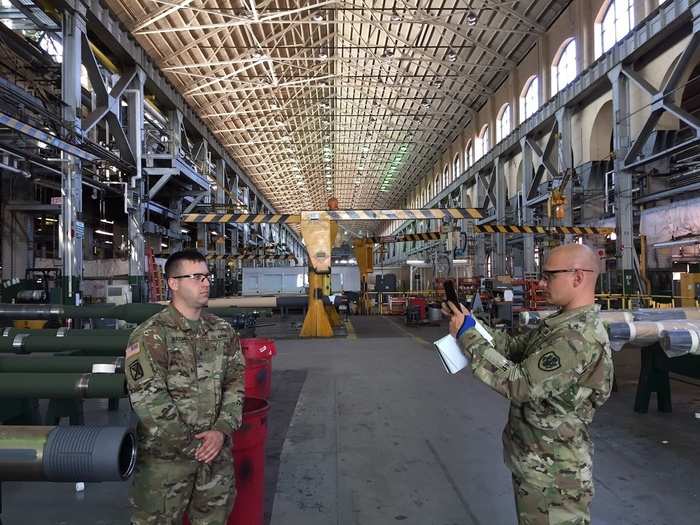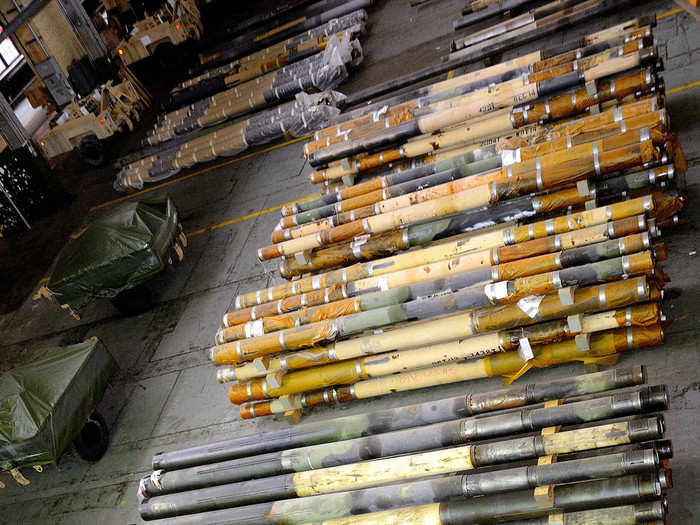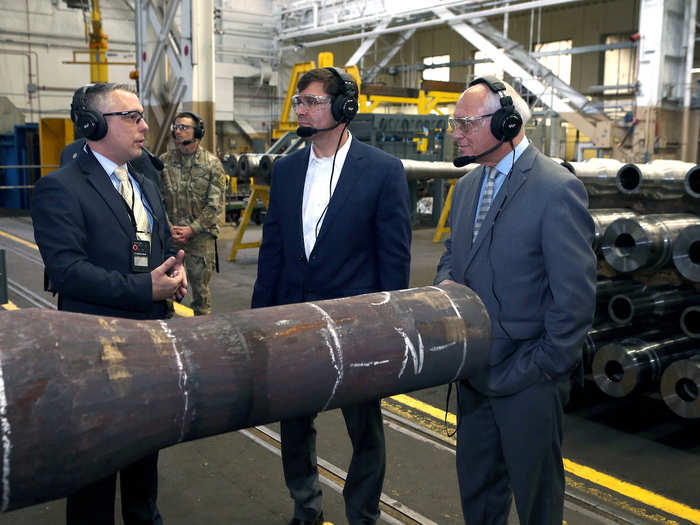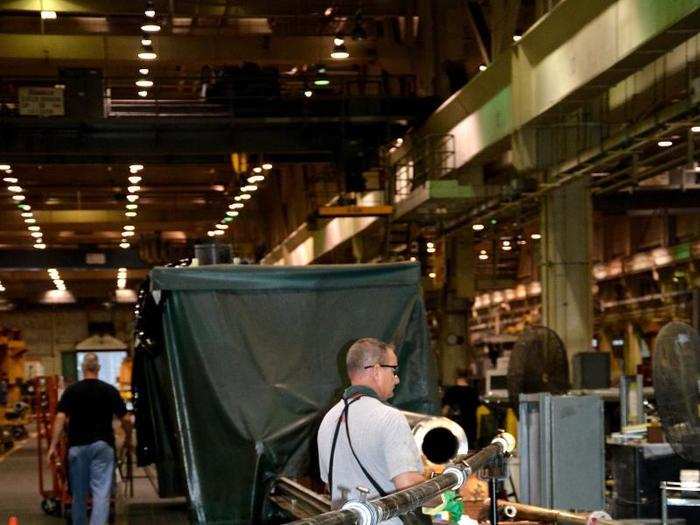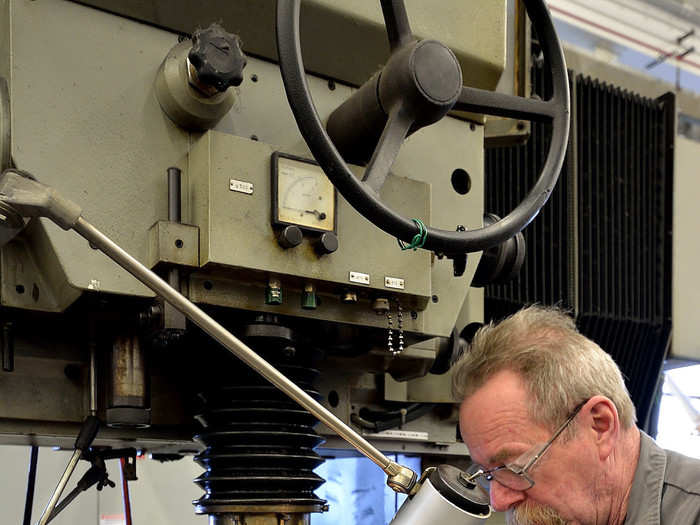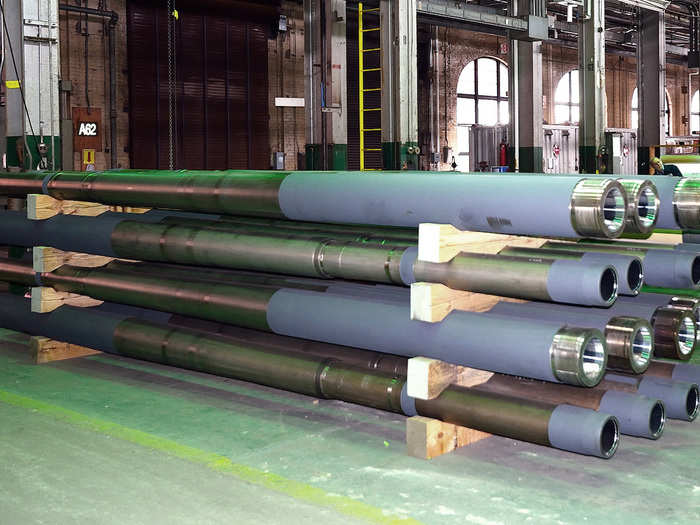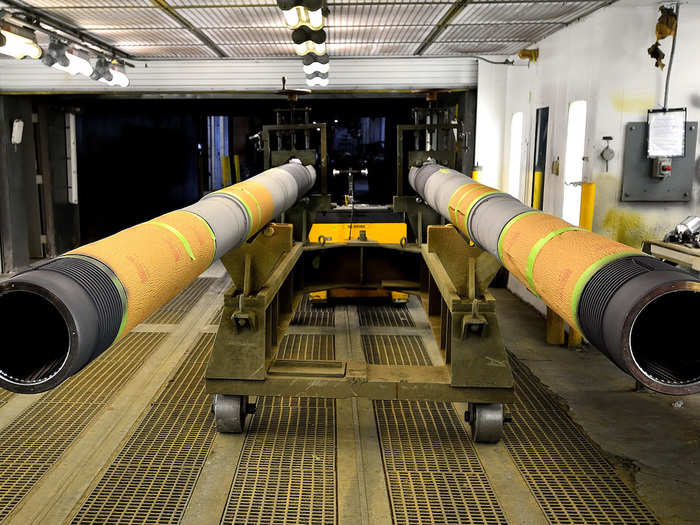The Army wants extremely long-range artillery to strike new enemies - that means a new job for the 'Big Gun Shop'
Built in 1889, the quarter-mile-long "Big Gun Shop" is the arsenal's oldest manufacturing facility. The building earned its name by being home to 16-inch seacoast and battleship gun production. The arsenal's big guns were used in every conflict from the Spanish American War through the Persian Gulf War.
Popular Right Now
Popular Keywords
Advertisement



